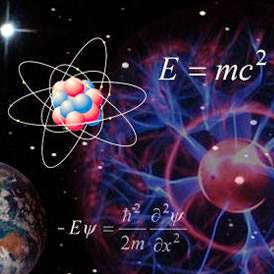 |
| Model of the spaceship Insight, NASA's first robotic lander, dedicated to study the deep interior of Mars. REUTERS/Mike Blake/File Photo |
Topics: Geophysics, Mars, NASA, Planetary Exploration
Finals are over. I'll be with our new granddaughter and her parents next week, along with working on my thesis, following up on my PhD application and changing diapers. My posts will be sporadic since I'll be on the road. I'll catch up.
The breakthrough came nearly five months after InSight, the first spacecraft designed specifically to study the deep interior of a distant world, touched down on the surface of Mars to begin its two-year seismological mission on the red planet.
The faint rumble characterized by JPL scientists as a likely marsquake, roughly equal to a 2.5 magnitude earthquake, was recorded on April 6 - the lander’s 128th Martian day, or sol.
It was detected by InSight’s French-built seismometer, an instrument sensitive enough to measure a seismic wave just one-half the radius of a hydrogen atom.
The lunar and Martian surfaces are extremely quiet compared with Earth, which experiences constant low-level seismic noise from oceans and weather as well as quakes that occur along subterranean fault lines created by shifting tectonic plates in the planet’s crust.
Mars and the moon lack tectonic plates. Their seismic activity is instead driven by a cooling and contracting process that causes stress to build up and become strong enough to rupture the crust.
Three other apparent seismic signals were picked up by InSight on March 14, April 10 and April 11 but were even smaller and more ambiguous in origin, leaving scientists less certain they were actual marsquakes.
NASA probe detects likely 'marsquake' - an interplanetary first
Joey Roulette, Reuters Science

No comments:
Post a Comment